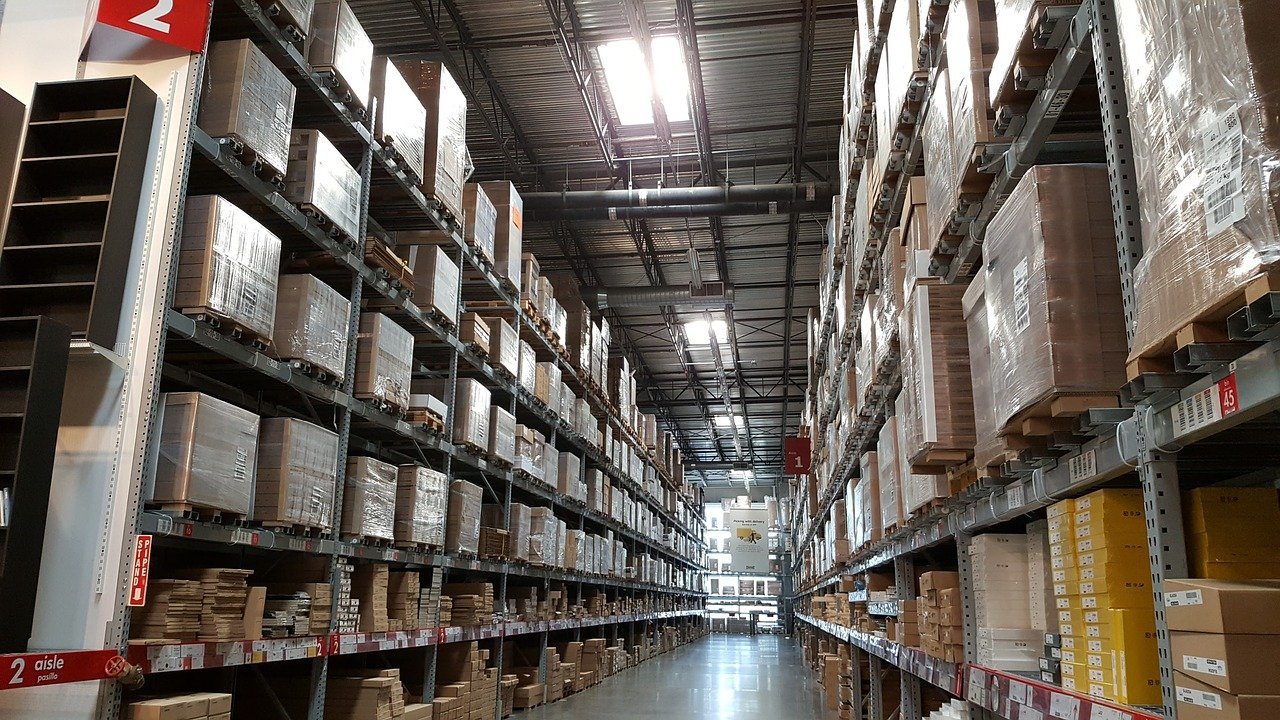What Is Amazon Reserved Inventory and What Does It Mean for My Business?
July 13, 2024
by Aivy Tran-Nguyen, Marketing Manager
E-commerce companies who sell through Amazon need to know where their products are at all times. Are they in the warehouse awaiting shipment? Have they made it to the customer? Are there bottlenecks that are causing delays? One of the key metrics for tracking all of this is your Amazon FBA reserved inventory. Understanding what reserved inventory is and tracking it is important for fine-tuning your company strategy.
This guide will help you understand reserved inventory and why your products are ending up there.
What does Reserved Inventory mean on Amazon?
So what is Amazon reserved inventory? Reserved inventory are any products an Amazon seller has in their inventory that are unavailable for fulfillment for a number of reasons, ranging from a recent customer order to a pending investigation. In some cases, they may still be available for purchase, but their delivery date may be delayed.
A more straightforward way to understand what is reserved inventory on Amazon is to think of them as products that have been pulled by Amazon and are temporarily unavailable for shipping to customers.
Why is my Amazon inventory reserved?
There are many reasons why your Amazon inventory may have been placed in reserved status. These are the most common.
1. Pending Customer Orders
In this scenario, the product has been ordered by customers. This is the most common reason for the “reserved” status and may account for 40% or more of the total volume. When a customer places an order, Amazon reserves that inventory while processing the payment and shipping. Even though it hasn’t shipped yet, it’s considered “reserved” to ensure availability.
2. Fulfillment Center (FC) Transfer
These items are being transferred from one fulfillment center to another. Amazon frequently redistributes inventory across its network of fulfillment centers and this reason accounts for 20% of a seller’s reserved inventory on average. If your products are being transferred between facilities, they'll be marked as reserved until they reach their new destination. During this time, they won’t be available for sale.
3. Fulfillment Center (FC) Processing
This refers to items being processed in the fulfillment center. If you're restocking or sending new inventory to Amazon's warehouses, some items might be placed in reserved status while they're being processed and added to the available inventory. If Amazon is performing routine checks, handling quality issues, or even performing audits, the items being checked will be marked as reserved temporarily.
4. Customer Returns
When a customer returns an item, that product enters a quality control phase where Amazon inspects the condition before returning it to active inventory. While this inspection is happening, the item will be reserved.
5. Damaged or Unavailable Inventory
Sometimes, products can be marked as reserved if they’ve been damaged and are waiting for further action, such as removal or liquidation. This inventory isn’t sellable but still shows up in your reports.
6. FBA Removals
When you request a removal order for unsellable or overstocked items, those items are reserved until Amazon processes the removal and ships them back to you or disposes of them. For items with expiration dates (like food or beauty products), Amazon may reserve and eventually remove inventory if it's close to expiring to keep them out of circulation.
7. Stranded Inventory
Stranded inventory refers to stock that’s available in Amazon’s fulfillment center but not connected to an active listing, often due to listing issues like suppression or errors. While it’s technically in the warehouse, it may show as reserved as Amazon tries to reconcile the listing.
8. Multi-Channel Fulfillment (MCF)
If you’re using Amazon to fulfill orders from other platforms, stock may be reserved as it’s prepared for fulfillment or while waiting to be allocated to those orders.
9. Inventory Reconciliation
Amazon periodically conducts inventory audits to match physical stock with records. During these audits, some items may be temporarily reserved as part of the reconciliation process. If some of your inventory goes missing within Amazon’s fulfillment centers, it may be placed in reserved status while Amazon investigates. This typically happens if there's a discrepancy between what should be in stock and what’s physically found.
10. Restricted Listings, Listings in Review
If Amazon flags your product for compliance issues (e.g., violating platform policies or listing restrictions), it could reserve that inventory until the issue is resolved. This is different from stranded inventory, as the listing itself might still be active but restricted.
If Amazon determines that your inventory might fall under hazardous materials (hazmat) regulations, it may be temporarily reserved while the product is reviewed or reclassified.
How do I see which products are in Reserved Inventory?
You can view your Amazon Seller Central reserved inventory by logging into Seller Central, opening hte menu, and navigating to Reports — Fulfillment. Expand the left-hand menu under Inventory until you can see the link for Reserved Inventory.
From here you can download a breakdown of your current Reserved status inventory, or schedule the report to be generated automatically. However, Seller Central will not automatically email this report to you, and you must return to this page to download it.
Other options for getting Reserved Inventory data
Get your FBA reserved inventory, profitability, and other data in a turnkey database from Amazon Selling Partners like Reason Automation.




